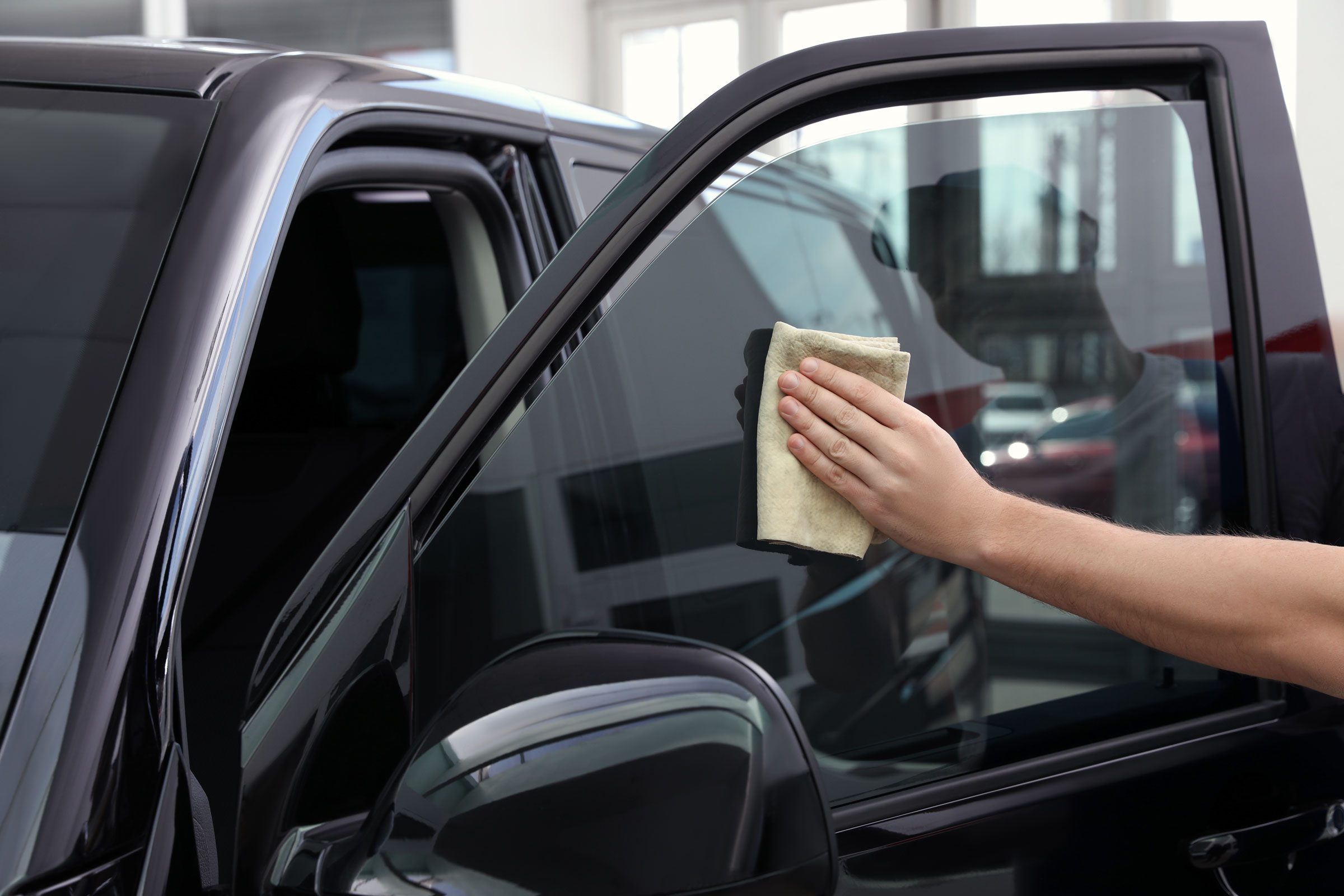Your Comprehensive Overview to DIY Window Tinting: Tips and Techniques
Embarking on a Do it yourself home window tinting task presents a chance to improve both the functionality and aesthetic appeals of your room. Prior to embarking on this venture, it is critical to navigate the complexities of neighborhood tinting policies and choose a suitable movie that aligns with your purposes.
Comprehending Window Tinting Regulations
Navigating the elaborate landscape of window tinting regulations is vital for any do it yourself lover looking for to improve their vehicle's aesthetics and comfort. Each state in the U.S. has specific guidelines relating to the allowed levels of color on various home windows, which can significantly influence your decision-making process.
Usually, these legislations dictate the maximum allowed Visible Light Transmission (VLT) portion, which refers to the quantity of light that can go through the colored home windows. Some states permit only a certain percent of color on the front windshield, while permitting darker tones on back home windows. Compliance with these policies is vital, as failing to adhere can lead to penalties or the demand to remove the color completely.
Additionally, there are typically differences between traveler vehicles and commercial automobiles, with various guidelines putting on each category. It's suggested to consult your neighborhood Division of Motor Vehicles or equivalent authority to collect exact info tailored to your location. Recognizing these regulations not just makes sure lawful compliance however likewise enhances safety by keeping visibility and protecting against possible risks while driving.
Choosing the Right Color Film
Selecting the proper tint movie is a critical action in the DIY home window tinting process, as it straight influences both the look and performance of your lorry's windows. Numerous aspects must direct your selection, including the kind of film, its lawful compliance, and your preferred outcomes.
First, consider the different kinds of color movies available: dyed, metalized, ceramic, and hybrid. Metalized movies provide enhanced warm rejection and resilience however can interfere with electronic signals.
Following, ensure that the movie sticks to neighborhood regulations concerning visible light transmission (VLT) portions. Conformity with these regulations is vital to stay clear of penalties and ensure safety.
Vital Devices for Do It Yourself Tinting
Having actually picked the right tint film for your windows, the next step entails collecting the essential devices to make sure an effective setup. The key devices you will certainly require include an utility knife or a razor blade, which is necessary for reducing the color movie to the preferred size. A squeegee is likewise crucial, as it helps eliminate air bubbles and ravel the movie throughout application.

Furthermore, take into consideration utilizing a warmth weapon or hairdryer, as this can aid mold and mildew the color film to the contours of the home window and facilitate adherence. Ultimately, handwear covers are a good idea to prevent fingerprints on the movie throughout installment. By gathering these important tools, you will certainly be well-prepared to tackle your DIY home window tinting task properly.
Step-by-Step Application Refine
Begin by completely cleaning the home window surface to ensure optimum adhesion of the color movie. Utilize a click for info glass cleaner and a lint-free cloth to get rid of any type of dirt, dust, or oil. When the window is clean, gauge the color film against the home window, enabling a minor overlap on all sides. Cut the film accordingly with a sharp energy knife for a specific fit.
Lightly spray the window surface area and the glue side of the movie. Meticulously align the film with the top of the home window, guaranteeing it is right. Use a squeegee to smooth the film, using company, also pressure.
Trim any excess film from the edges with your energy blade. Enable the color to heal for at the very least 24 hours without rolling down the windows. This step is essential for making sure a long-lasting application. Comply with these steps vigilantly for ideal lead to your do it yourself window tinting task.
Maintenance and Care Tips

It's suggested to wait at least a week after setup before cleaning your windows to permit the glue to totally heal. Throughout this initial duration, stay clear of rolling down the home windows to stop any kind of damages to the color.
Routine maintenance includes checking the edges of the tint for any signs of gurgling or lifting. If you discover any kind of concerns, it's finest to address them quickly to avoid additional damage. In addition, be careful with making use of window treatments, such as shades or drapes, as they can generate warmth that may jeopardize the color gradually.
Final Thought
Finally, carrying out a DIY home window tinting project demands cautious consideration of neighborhood guidelines, find more selection of ideal tint movies, and the usage of vital tools. A systematic application process ensures optimum results, while routine maintenance adds to the durability of the tint - Moro Auto Spa Window Tinting. By adhering to these standards, individuals can attain both aesthetic improvement and boosted personal privacy in their rooms, making DIY home window tinting an important endeavor